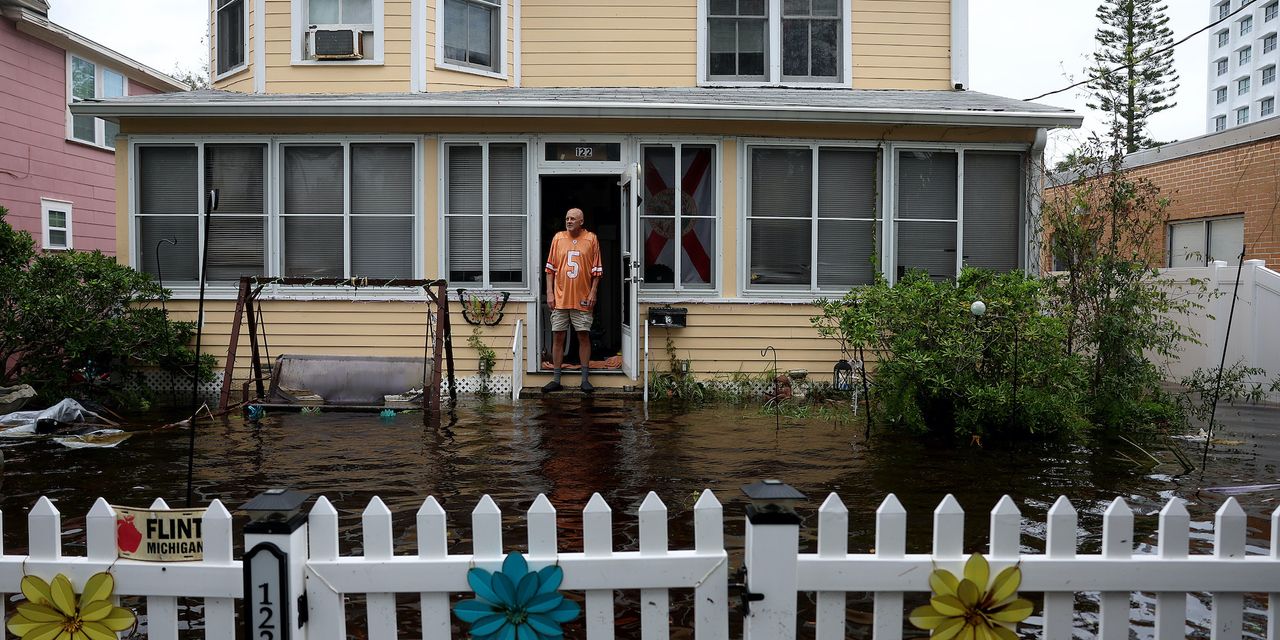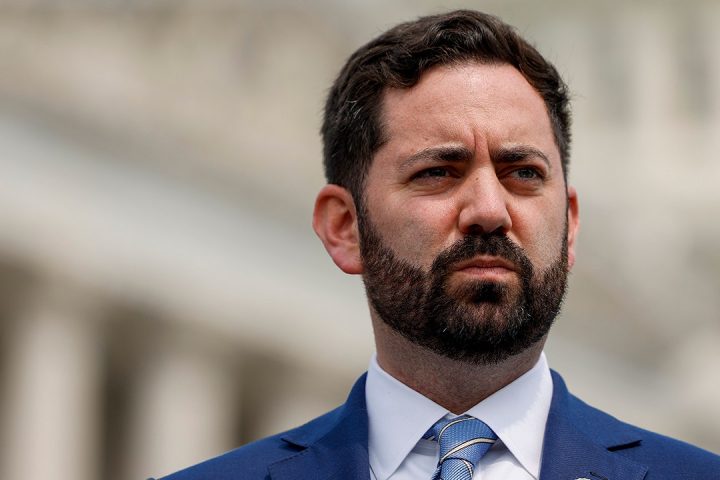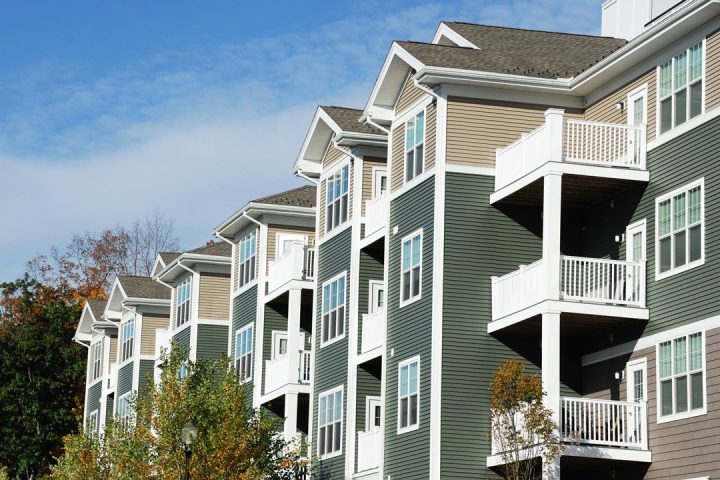When Carlee Simon, 46, moved to Alaska from Florida for a new job in May, she was in for a pleasant surprise: Her home insurance dropped by thousands of dollars.
Simon, who owns multiple homes in and around Gainesville, Fla., said that she was paying more in insurance premiums than even the principal and interest on her mortgage.
“We talk about pocketbook issues. I do not understand why this one hasn’t been met with more aggressively,” Simon, who is currently an interim dean for the University of Alaska Southeast’s School of Education, told MarketWatch. She had previously worked as the Alachua County Schools’ Superintendent in North Central Florida.
Hurricane season runs from June 1 to Nov. 30 — and over 33 million properties in the U.S. are at risk of hurricane-force wind damage, according to CoreLogic. That includes over 32 million single-family homes and one million multi-family residences. The company said that metro areas like New York City, Houston, Miami and Fort Lauderdale are at highest risk of being affected.
“‘We had to get flood insurance on one house that will never flood — but it’s in the FEMA flood zone.’”
The estimated 33 million homes at risk is a record, Tom Larsen, senior director for CoreLogic Insurance Solutions, told MarketWatch. The number of homes at risk has grown by 1% from last year, and “is reflective of the preference to live in coastal communities,” he added.
When Hurricane Ian made landfall in September 2022, disaster struck Florida as its Gulf Coast was hammered by the force. The average claim for Hurricane Ian was around $5,000, Larsen said, but the range was in reality a lot more varied — some claims were up to potentially millions of dollars.
Many residents of Fort Myers Beach, one of the areas hardest hit by Hurricane Ian, became homeless while waiting for insurance checks to arrive, or for building permits to be approved so they could rebuild their homes, according to the Associated Press.
In Florida, the average annual flood insurance premium is projected to increase by 131% to $2,213 from $958, according to data from the Federal Emergency Management Agency, or FEMA. That’s based on the new ratings policy introduced on Oct. 1, 2021. For new homeowners, the higher rate could take effect on Day 1. Nationally, annual premiums are set to increase to $1,808 from $888.
Simon, a Florida native, said she has flood insurance on all the houses that she has owned as a real-estate investor, but the process has not only been expensive, but confusing as well.
“We had to get flood insurance on one house that will never flood — but it’s in the FEMA flood zone,” she said.
One of the properties Simon used to own in Florida was designed to be elevated and was intentionally designed not to hold water, as it would carry it through a ravine into an aquifer, she explained. “But we still had to pay flood insurance,” she said. Simon paid approximately $3,500 a year for homeowners insurance, plus $2,000 a year for flood insurance.
For her primary residence she had moved out of, she had paid $3,200 a year for homeowners insurance and $1,300 for flood insurance, she added.
Why did flood insurance premiums go up?
Recent changes by the federal government on flood pricing increased the cost of flood insurance for many households.
FEMA, until a decade ago, was the only entity that offered flood insurance for homeowners through the National Flood Insurance Program. Flood insurance is a separate policy homeowners need to take on top of property insurance.
FEMA opened up the program to private companies in 2012. FEMA also began to look into modernizing how it calculates the risk of flooding from a methodology it used in the 1970s.
In 2021, the agency restructured how it assessed pricing of flood insurance, and charged something akin to the market rate. While that change in assessment reduced insurance premiums in some parts of the country, it also significantly bumped up costs for homeowners in other parts of the U.S.
“In 2021, FEMA restructured how it assessed pricing of flood insurance, and charged something akin to the market rate. ”
In Tampa, Fla., resident Trevor Burgess said the cost of flood insurance under the NFIP program is projected to increase from $500 to $12,000 over the next two decades, depending on the property and location. Burgess, who is also the president and CEO of Neptune Flood Insurance, a private-sector flood-insurance provider, noted that Congress has capped annual increases in flood insurance premiums at 18%.
Over the past 50 years, the U.S. government has subsidized building in places along the coast where people should not have been building and that “were not safe for humans to necessarily inhabit,” he said.
And now? “The reality of the market is coming to bear,” he added. In other words, if your house was built on the water and/or it was built on sand that could end up costing you $12,000 a year, Burgess said.
“It’s making it unaffordable to live in the riskiest places,” he added. But he acknowledged that it’s a “complicated” public-policy matter, given how some communities may not have the financial means to move elsewhere, or have been living in an area for generations.
Despite Florida being so vulnerable to hurricane damage, homeowners in states like Connecticut, Massachusetts, and Hawaii, pay the highest average premiums for single-family homes, based on NFIP data. Part of the reason why their premiums are rising: those properties are more expensive to rebuild, Neptune said.
For some insurance firms, weather events prompted by climate change — such as wildfires and flooding — are making it too costly to do business. Recently, State Farm pulled out of California for that reason. In Florida, many insurance companies have failed and homeowners have had their policies dropped.
For the typical homeowner in a zone that’s vulnerable to hurricane damage, the best way to be prepared is to be fully aware of the risks, Larsen said, and to also be fully prepared.
“It might be as simple as closing all of the windows, or include installing hurricane window shutters or sand-bagging low-lying door openings,” Larsen said. “These simple tips can greatly improve the ability of your home to get through a hurricane.”
Simon, the Florida native, recalled that while she’s been paying her insurance on schedule and not filing claims, she has also been dropped by their insurance provider multiple times. Despite the state not having an income tax, the taxes on property, insurance costs and all add up, Simon said. “When you really start to look at it, living in Florida is becoming expensive,” she added.
Read the full article here





